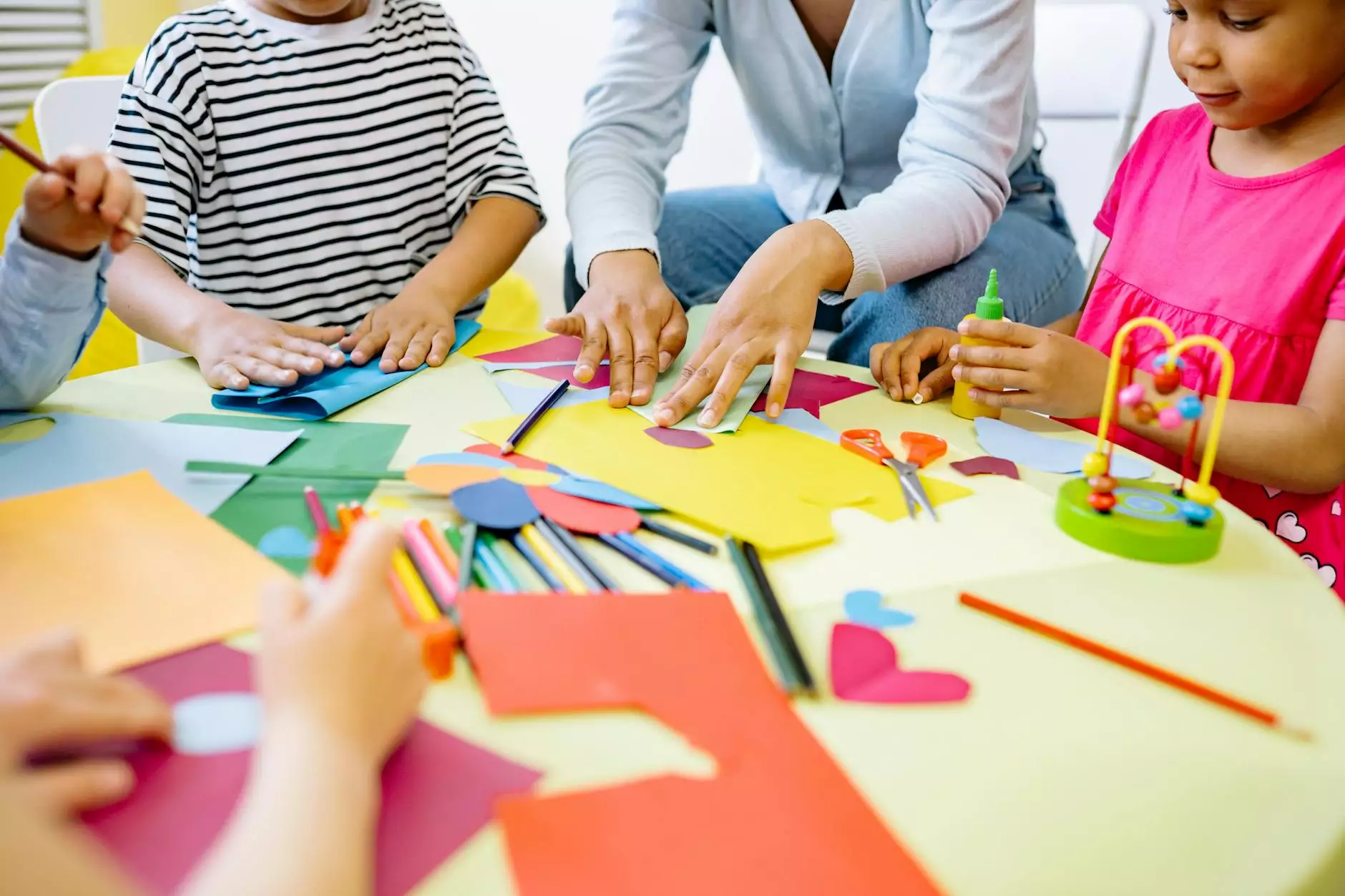Classroom Health & Safety

Overview
Creating a safe and healthy environment is crucial in any classroom setting. At The Knowledge Nest, we understand the importance of classroom health and safety for both students and teachers. Our comprehensive guide provides you with useful information and practical advice to ensure a secure learning environment.
Importance of Classroom Health & Safety
Classroom health and safety should be a top priority for every educational institution. By promoting a healthy and safe environment, we can significantly reduce the risk of accidents, injuries, and illnesses among students and teachers. When learners feel safe and protected, they can focus better on their studies, resulting in improved academic performance.
Best Practices
Implementing best practices for classroom health and safety is crucial. Here are some key areas to consider:
1. Classroom Setup
Proper classroom layout and organization play a vital role in promoting safety. Ensure that desks and chairs are arranged in a way that allows for easy movement and clear pathways. Keep aisles and exit routes unobstructed, minimizing the risk of accidents during emergencies.
2. Furniture and Equipment
Regularly inspect and maintain classroom furniture and equipment. Ensure that chairs, tables, and shelves are sturdy and in good condition. Replace or repair any damaged items to prevent accidents. Make sure electrical equipment, such as computers and projectors, undergo routine maintenance and are safe to use.
3. Emergency Preparedness
Develop a thorough emergency response plan and communicate it to both students and staff. Conduct regular emergency drills to familiarize everyone with proper procedures during various situations, such as fire emergencies or natural disasters. Keep emergency supplies, including first aid kits and emergency contact information, readily available.
4. Cleanliness and Hygiene
Maintaining cleanliness and proper hygiene practices in the classroom is essential for preventing the spread of illnesses. Encourage students to wash their hands frequently, especially before and after meals, and after using the restroom. Regularly clean and disinfect commonly touched surfaces, such as doorknobs, desks, and whiteboards.
5. Indoor Air Quality
Poor indoor air quality can have a negative impact on both health and concentration. Ensure proper ventilation in the classroom by opening windows or using air purifiers. Regularly inspect and clean ventilation systems to prevent the buildup of allergens, dust, or mold.
6. Safe Chemical Handling
If hazardous substances are used in experiments or activities, it's essential to handle them safely. Store chemicals securely, away from student access, and ensure proper labeling. Educate teachers and students on the safe use, storage, and disposal of chemicals to avoid accidents and exposure to harmful substances.
Regulations and Compliance
The Knowledge Nest promotes adherence to relevant regulations and guidelines established by educational authorities. It's important to stay informed about local, state, and federal regulations related to classroom health and safety. Ensure your institution is compliant with these regulations to provide a secure learning environment for all.
Resources and Support
For additional guidance and support, The Knowledge Nest offers a wide range of resources related to classroom health and safety. Our expert team is dedicated to providing comprehensive information, tips, and tools to help you enhance classroom safety standards.
1. Blog Articles
Explore our regularly updated blog, where we cover various topics and offer practical advice on classroom health and safety. From minimizing allergies to preventing accidents, our articles provide valuable insights to keep your classroom safe.
2. Webinars and Workshops
Participate in our webinars and workshops conducted by industry professionals. These sessions are designed to empower educators with the knowledge and skills needed to ensure a safe and healthy learning environment.
3. Consultation Services
The Knowledge Nest also offers personalized consultation services to educational institutions. Our experts can assess your current classroom health and safety protocols, identify areas for improvement, and provide tailored recommendations to enhance overall safety standards.
Conclusion
Prioritizing classroom health and safety is essential for the well-being of students and educators. By implementing best practices, staying compliant with regulations, and utilizing available resources, you can create a secure environment conducive to effective learning. At The Knowledge Nest, we are committed to supporting and equipping you with the necessary knowledge and tools. Together, let's ensure a safer and healthier future for all learners.










